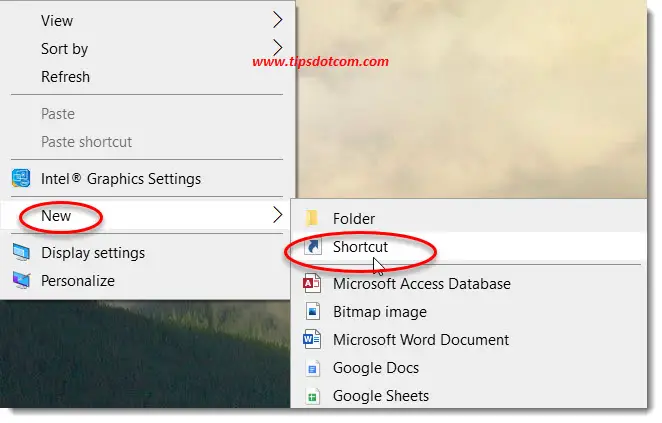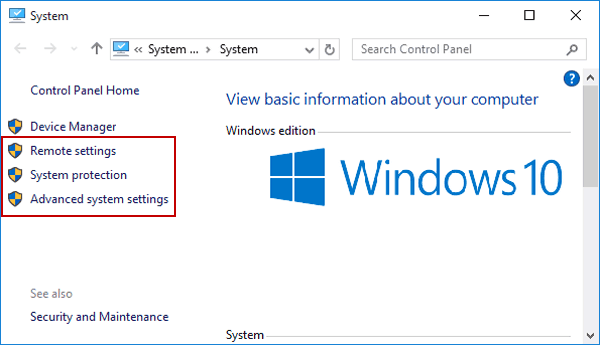

Click OK to apply the icon, then click OK to close the shortcut properties dialog window.

You can use the icon from the c:\windows\system32\shell32.dll file. On the Shortcut tab, you can specify a new icon if you wish.Now, right click the shortcut you created and select Properties. Tip: See How to open file or folder properties quickly in Windows File Explorer.Type System Properties for the name of the shortcut.So, for the system applet, all you need to do is to open the Run dialog and paste shell. As you may remember from my older article, Control Panel applets are available by CLSID (GUID) shell locations. However, if you need to open the classic applet, it is actually still possible. If you click on the Properties context menu entry of This PC in File Explorer, or click on the System properties Ribbon command when This PC is opened, or press Win + Pause/Break on the keyboard, you'll end up with the Settings page. Regardless of the method you use to open it, it doesn't appear, bringing up the newest About page of Settings. The System Properties applet is now hidden in Windows 10 version 20H2. You can pin Control Panel applets to the taskbar to access frequently used settings faster. You can use Administrative tools, manage user accounts on the computer in a flexible way, maintain data backups, change the functionality of hardware and many other things.

It has a familiar user interface which many users prefer over the Settings app. As of this writing, the classic Control Panel still comes with a number of options and tools which are not available in Settings. At some point, Microsoft might remove the classic Control Panel completely. In every release, Windows 10 is getting more and more classic options converted to a modern page in the Settings app.


 0 kommentar(er)
0 kommentar(er)
